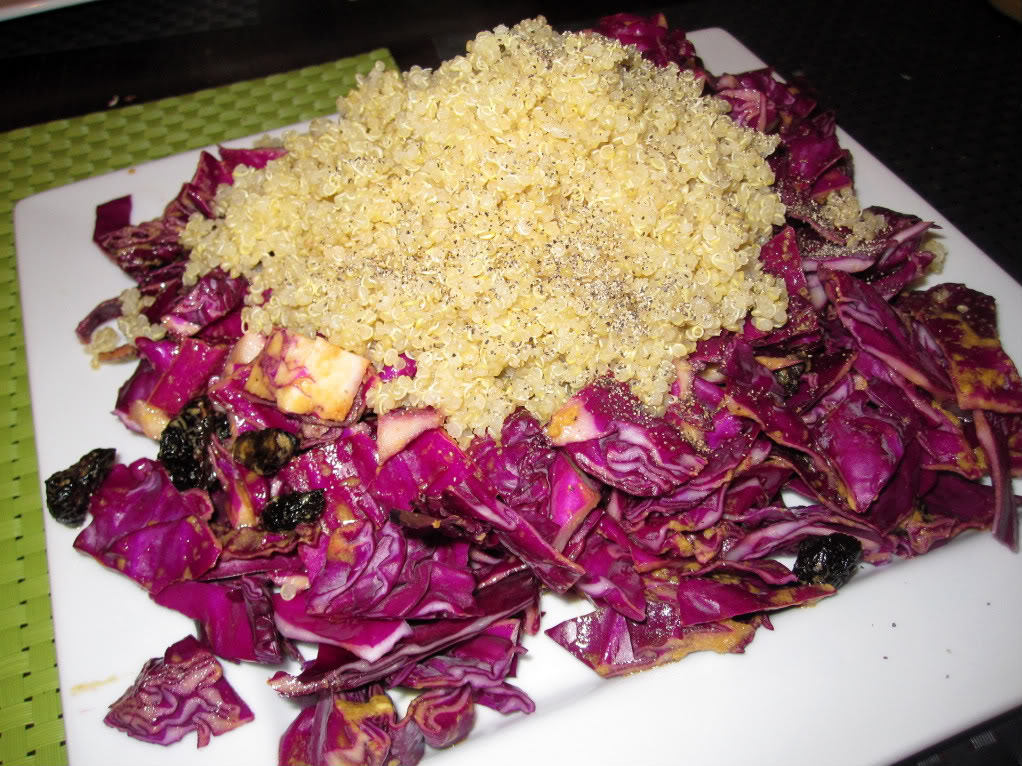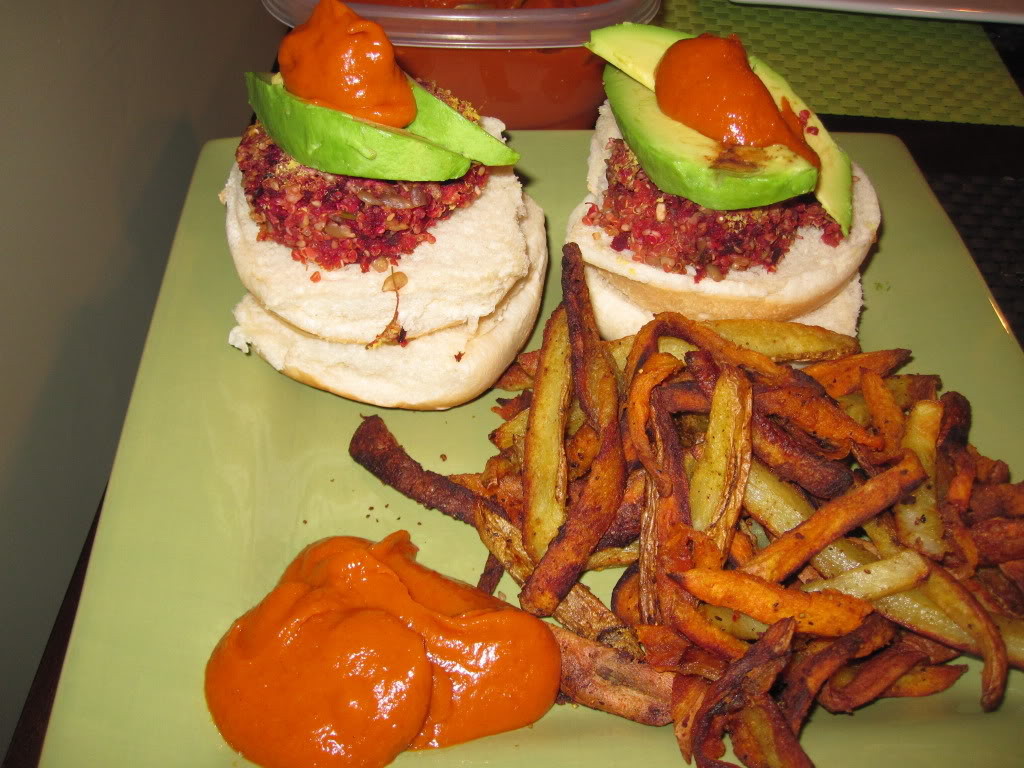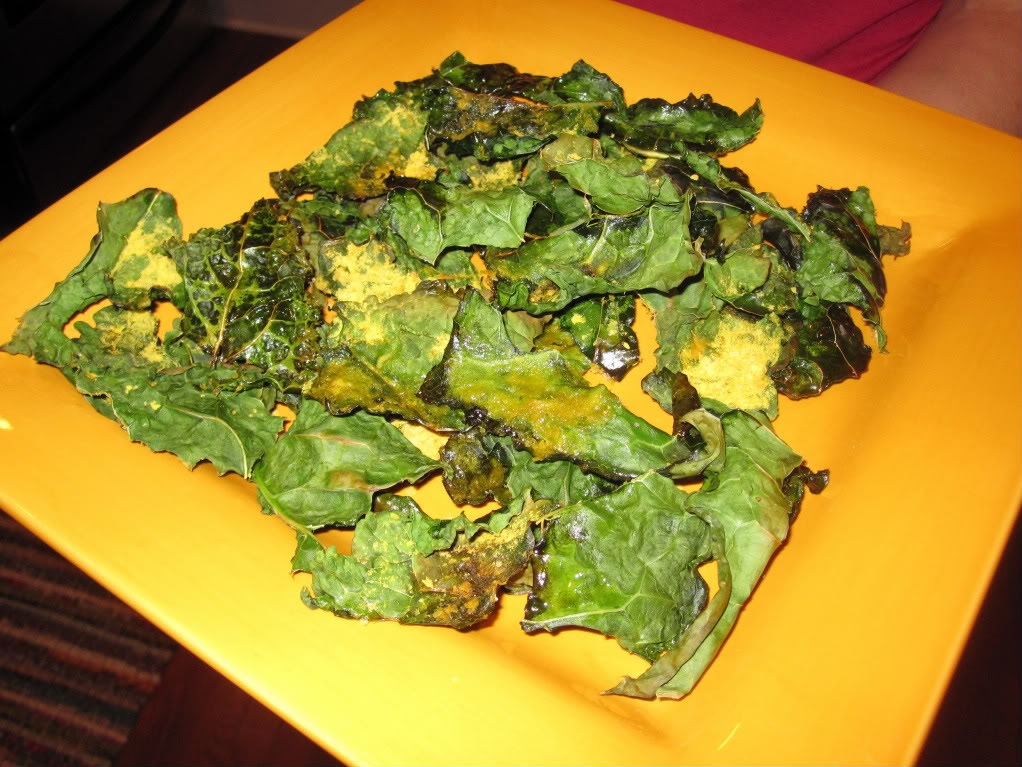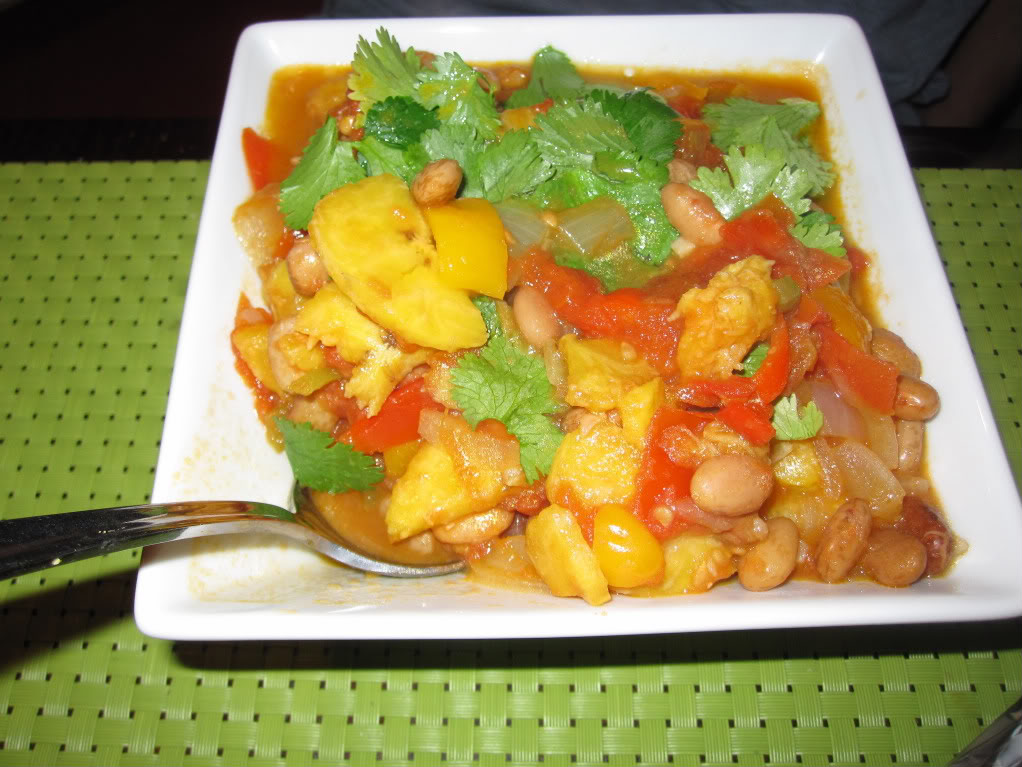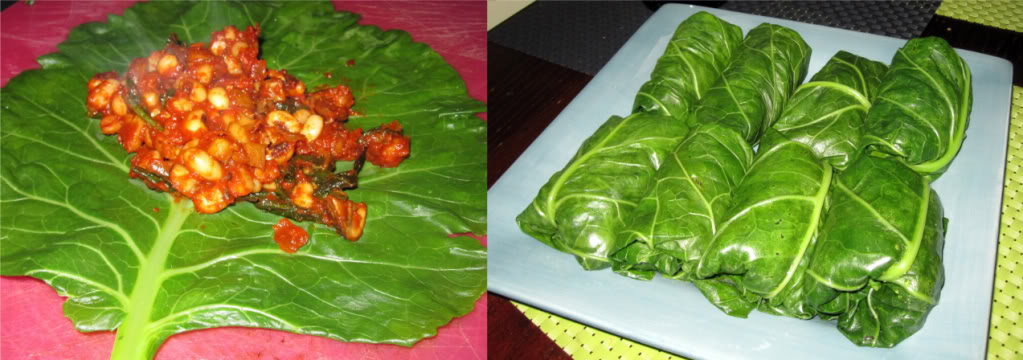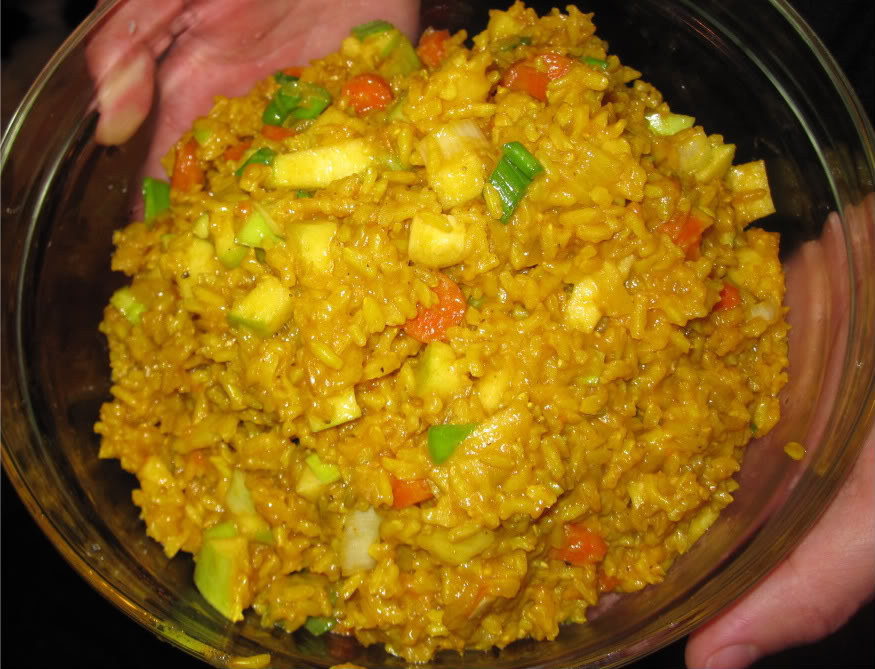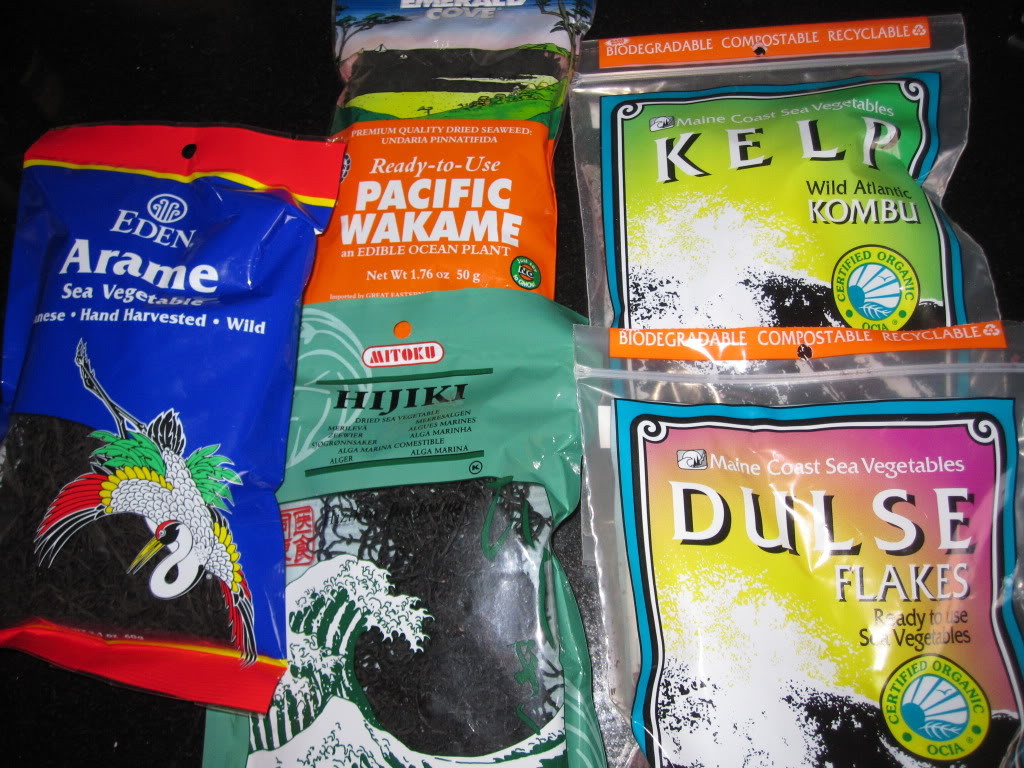
All too often, when many of us decide to widen our circle of compassion to other animals, fish seem to get excluded from that circle. In my journey going vegan, fish were the last animals I stopped eating. Perhaps this is because fish aren’t enough “like us” or they aren’t “cute” or they don’t make sounds when they are in pain. I also believed, as many do, that eating fish was healthy, even necessary. This, however, could not be more wrong. Fish are NOT a health food.
How could fish possibly be healthy when they are so heavily laden with toxic chemicals that pregnant woman are advised to avoid consuming them? In addition, like all animal products, fish are high in cholesterol. Per gram, fish has comparable cholesterol levels to beef, chicken, and pork. And per calorie, fish has even higher cholesterol levels. As Dr. John McDougall describes, “feeding fish to people instead of beef, pork, or chicken, causes predictable increases in their blood cholesterol levels that are virtually the same.”
As an animal protein, the protein from fish are highly acidic in nature, making it terrible for the bones. When we consume highly acidic protein (which all animal proteins are) the body must take measures to balance out the blood and make it more alkaline. To do so, the body pulls calcium, the mineral in our body that is most alkaline, from the bones. Over time, the bones weaken as a result of this survival mechanism.
Some may now be thinking, “Well, what about omega-3 fatty acids? Don’t we need to consume fish to get those?” Absolutely not! The omega-3 fats in fish are derived from the algae or the algae-eating creatures they consume. That’s right, they get them from plants! Plus, the majority of fish consumed in the US are farmed (90 percent of all salmon!) and fed a diet of cheap fish meal which is devoid of those omega-3’s but high in antibiotics and pesticides. So there is no reason to eat fish to get the good stuff! We can go straight to the source ourselves–by eating sea vegetables!
Sea vegetables are among the most nutritionally dense foods in the world. They contain 10 times the calcium of cow’s milk and several times more iron than red meat. Sea veggies are also very high in protein and a rich source of vitamins (especially A, B, C, E, B12) and minerals (potassium, magnesium, phosphorus, and iodine). They also have some unusual and spectacular phytonutrients, including sulfated polysaccharides that bring along with them anti-inflammatory, anti-viral, and cardiovascular benefits.
This seaweed stir-fry has become a staple in our kitchen. It’s really quick to prepare and it’s so, so tasty.




